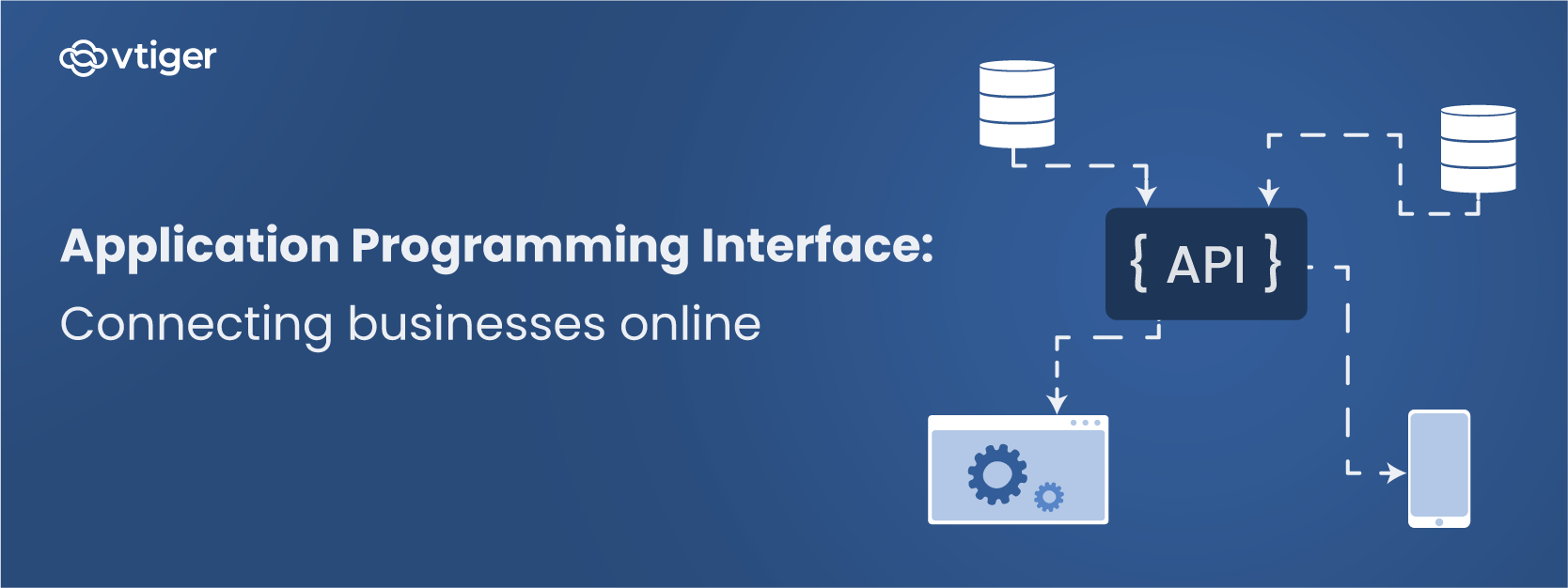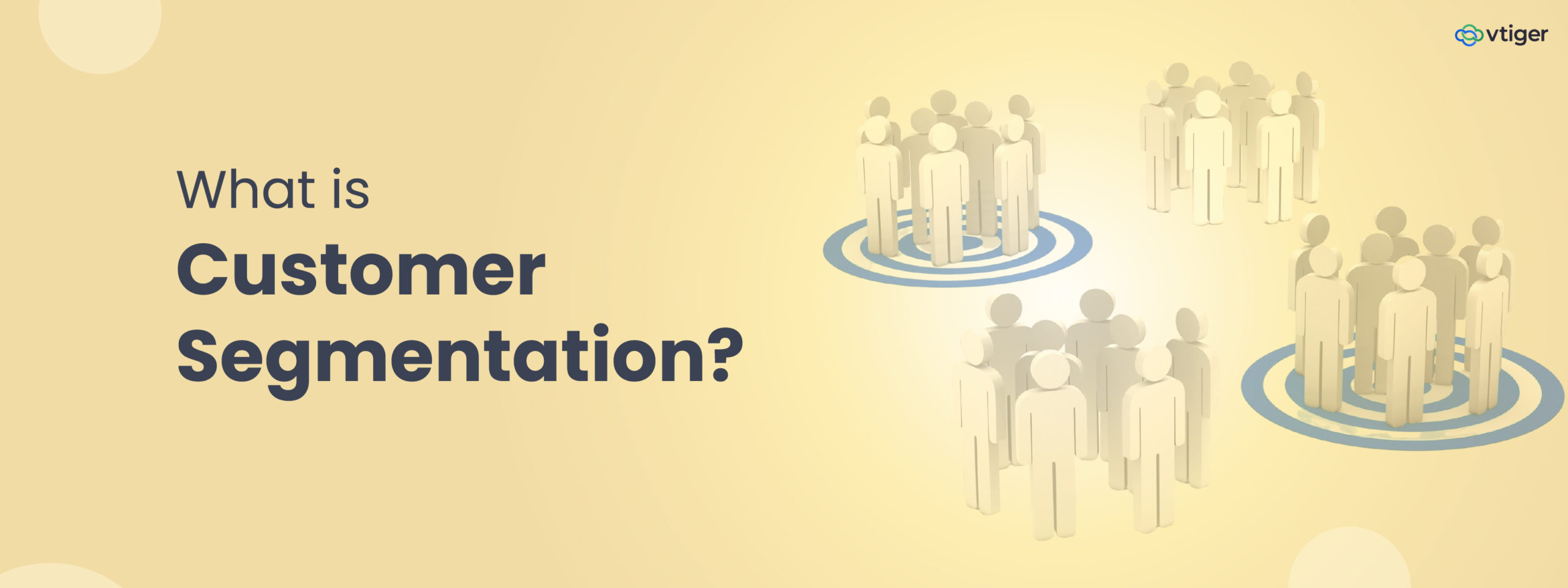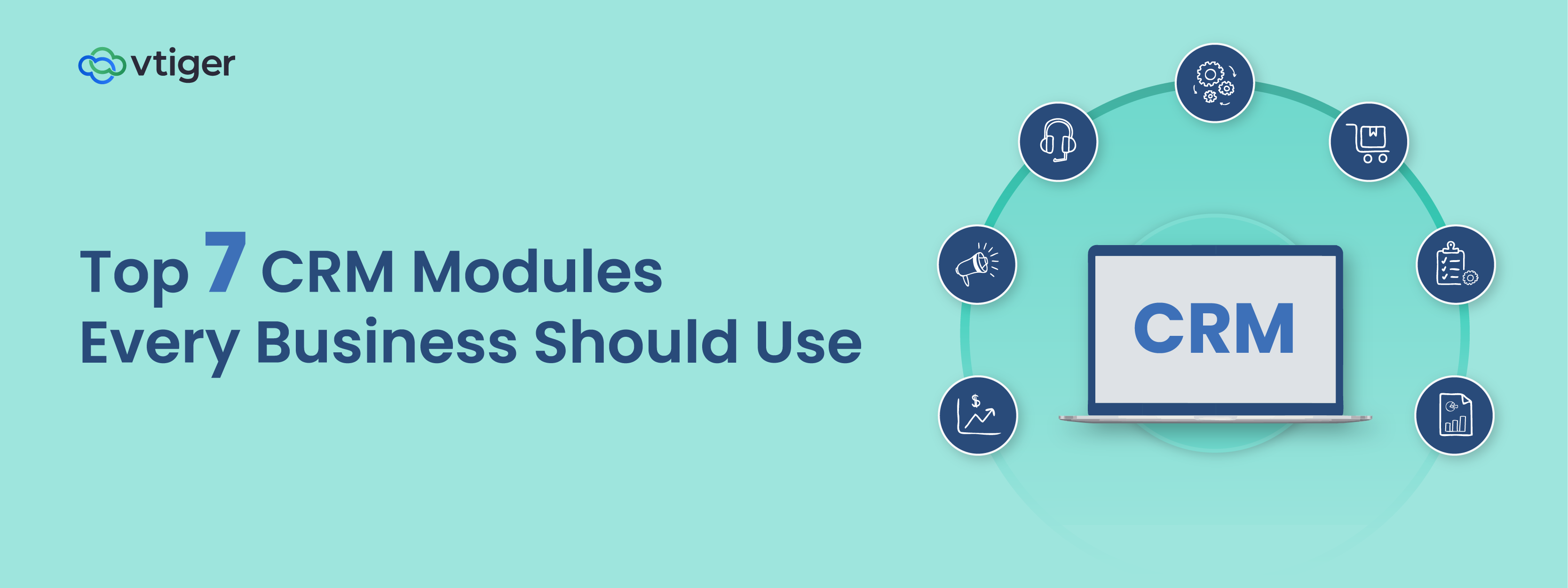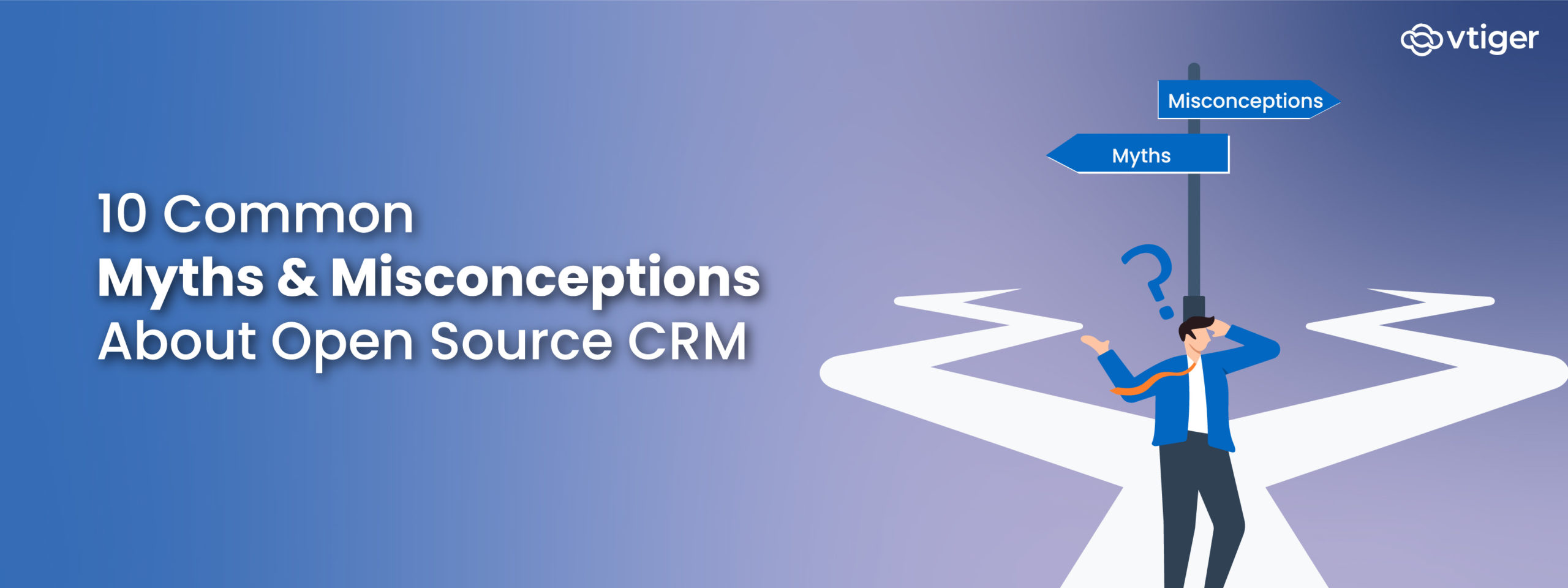Until the year 1999, people had to use maps printed on paper for navigation. Then GPS technology was invented and incorporated into various devices like mobile phones. Today, you can get directions to any destination only with a few clicks on your phone.
For example, the software system of Google contains all information related to routes and directions across the world and provides navigation to the required destination.
But how do APIs come into this picture?
 Google’s navigation app – Google Maps, on your phone, sends requests to Google’s software system using an API to provide you with the fastest way to reach your destination. Using a set of definitions and protocols, APIs allow two software components to communicate and exchange information.
Google’s navigation app – Google Maps, on your phone, sends requests to Google’s software system using an API to provide you with the fastest way to reach your destination. Using a set of definitions and protocols, APIs allow two software components to communicate and exchange information.
According to MarketsandMarkets, the API management market is projected to be worth $5.1 billion by 2023, at a CAGR of 32.9%.
Introduction to APIs
So, what is an API?
API stands for Application Programming Interface. It is a set of programming codes that allows data transmission between one software and another. It also specifies the terms of data exchange.
Any software with a specific function is referred to as an application when discussing APIs. You can compare the API interface to a service agreement between two programs. One program requests a service, and the other program responds with the requested service. APIs can update data between two applications automatically.
For example, API integration helps your phone’s photo gallery automatically upload data to the cloud. APIs can be effectively used by businesses to automate various system operations.
Now let us see how APIs work.
How do APIs work?
An API performs the same basic task as browsing the internet. Applications that send requests are called Clients, and applications that respond are called Servers, respectively. The client uses the API to communicate with the server when a resource is needed. In the navigation app example, the mobile app is the client and Google is the server. This process of data exchange is called an API call.
Every server provides API documentation to its clients. This documentation highlights the API operations, such as data requests, effective usage, integration, and modifications to customize the requests as per data requirements.
Let us look into the procedure for any API call.
Following is the general procedure for any API call:
- The client sends a request to the server. The client formats the request as per the API documentation so the server can understand it.
- The server receives the request, verifies the client’s identity, and validates that the client is authorized to submit that request.
- The server then runs the request internally and fetches the requested data.
- The client receives a response from the server. Response to the client indicates whether or not the request was successful, along with the requested information.
- Depending on how the developers design the APIs, the API request and response details may differ slightly.
In 2020, Slashdata published their 19th Developer Economics Survey, which offers several granular insights into how developers use APIs. According to Slashdata, nearly 90% of developers are using APIs in some capacity. They break it down even further, finding:
- 69% use third-party APIs
- 20% use internal or private APIs
So what are third-party and private APIs? They are different types of APIs that programmers use.
What are the different types of APIs?
Programmers use the following five different types of APIs:
- Private APIs: They are mainly built for internal use. Internal connections between systems and data in an organization use private APIs to exchange information.
- Public APIs: These are accessible to everyone. Public APIs may or may not require payment or authorization, depending on the client and server.
- Partner APIs: Only approved developers from an external organization may build and use these to help business-to-business collaborations.
- Composite APIs: Two or more different APIs combined to address complex system requirements or behaviors.
- Web APIs: An application programming interface (Web API or Web Service API) connects a web server and a web browser. While all APIs are web services, not all web services are APIs.
Based on architecture and protocols, APIs operate in the following methods:
- SOAP APIs: It uses simple Object Access Protocols. Clients and servers use XML to exchange messages.
- RPC APIs: RPC stands for Remote Procedure Calls. The client completes a function (or procedure) on the server, and the server then sends the output back to the client.
- Websocket APIs: Web APIs that use JSON objects to exchange data are called Websocket APIs. Client and server can communicate in both directions using a WebSocket API. The server can communicate with connected clients via callback messages, making it more effective than the REST API.
- REST APIs: The most widely used and adaptable APIs currently available online are the REST APIs. A client sends a request to the server in the form of data. The server launches internal processes according to the client’s request and responds with the required information.
What are the benefits of APIs?
Applications are becoming more modular, thanks to APIs. Developers can take advantage of other applications’ expertise by using APIs.
When a company creates an application, they are no longer required to invent the wheel regarding communication, payment processing, authentication, and mapping. Developers can instead make use of APIs’ functionality and seamless plug-in capabilities.
APIs enable communication between applications and system parts over internal networks and the Internet making access to resources easy. They now play a crucial role in business initiatives to make internal applications and services available online to clients, partners, suppliers, and third parties.
The following are the key benefits of APIs:
- Applications: Access to APIs ensures that information-transfer processes between different applications are more flexible.
- Reach: APIs let you create application layers to distribute information to different categories of audiences.
- Customization: It can serve as a solution to create different user experiences, letting protocols, functions, and commands be adapted according to specific demands.
- Efficiency: APIs allow for more efficient data distribution when content is automatically published and made available on different channels simultaneously.
- Adaptability: One of the greatest benefits of APIs is their ability to adapt to changes through data migration and flexibility of services.
Businesses always have new opportunities. Thanks to APIs, they can satisfy the needs of their customers on various platforms.
APIs in Vtiger CRM
Due to these benefits, Vtiger adapts a combination of Vtiger Application Platform (VTAP) and APIs. This makes it easy for the clients to customize and expand the CRM with integrations per their needs.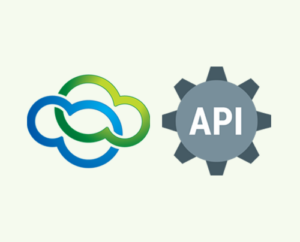
We have also built our own APIs for specific tasks, such as creating a record, converting a lead, adding tasks and more. Want to see APIs used for different functions? Check out our REST API Manual to learn more.
Here are a few used cases for the APIs in Vtiger CRM:
- Integrate Slack with the CRM and post a message to slack channels from the CRM.
- Perform email or phone validation when entering the data in CRM.
- Get the latest exchange currency rates and apply them when creating Invoices or Quotes etc.
- Show weather details of a Contact or Lead in real-time.
- Enrich customer data using email addresses, company domains, and many more.
Did you know that Vtiger users can build their own APIs? Check out the API designer by Vtiger CRM, which allows you to build your own APIs. With personal APIs, you can customize your CRM and make your products or services stand out in the market.
